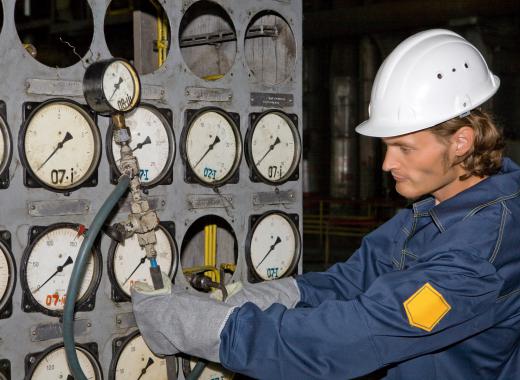A lot of conflicting information is available about geothermal energy, which can make it difficult to seek the most accurate geothermal energy facts. There are a number of steps which people can take to increase the reliability of geothermal energy facts, and these same steps can be used when evaluating information about other topics. Learning to sift through available information and determine what is accurate and what is not is a valuable skill.
The first thing to think about is the source of the facts. Everyone has a bias, and a bias is not necessarily a bad thing, as long as one is aware of the nature of the bias. Facts from a government, for example, may be slanted heavily towards geothermal energy, because governments often want to promote alternative energy sources. Conversely, facts from a utility which relies heavily on coal power may be slanted against geothermal energy.

When evaluating bias, people should also consider how openly stated the bias is. A number of organizations stealthily conceal the bias behind the facts they purvey by offering facts through third party organizations. When looking at any group or organization which provides information, people should always follow the money, looking to see who funds the organization, and who stands to gain from the information provided. If geothermal facts come from a group funded primarily by an organization which promotes a different alternative energy source, for example, they may not be very reliable. Likewise, facts from a geothermal energy provider are equally unreliable.
Citations are also valuable. Facts are more reliable when they are backed up with ample supporting evidence, including evidence from very diverse sources. A list of geothermal energy facts which relies on only two or three sources is not very reliable. A list which provides an ample supply of sources, including multiple sources backing up the same assertion, tends to be more reliable. Again, the bias of the sources must be considered, which may require following the money through several layers. For example, geothermal energy facts could be backed up with 15 “scientific studies” all carried out by the same organization and paid for by the same people, in which case the facts wouldn't be very balanced.
Another thing to consider is the age of the information provided in any document discussing geothermal energy facts. The older the data are, the less likely they are to be accurate, as understanding of geothermal energy is always increasing, and the market share of geothermal energy is always changing. If a document makes a statement like “67% of Icelanders use geothermal energy for heating and cooking,” this information is meaningless without a date and a source to back up the claim. Likewise, a statement like “geothermal energy is 43% more efficient than solar power” is meaningless without a date and a discussion of the specific technology being compared, not just the energy sources.
Ever since she began contributing to the site several years ago, Mary has embraced the exciting challenge of being a About Mechanics researcher and writer. Mary has a liberal arts degree from Goddard College and spends her free time reading, cooking, and exploring the great outdoors.

